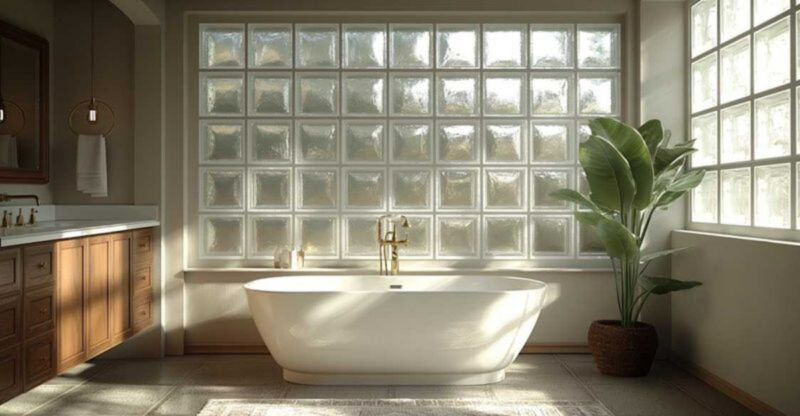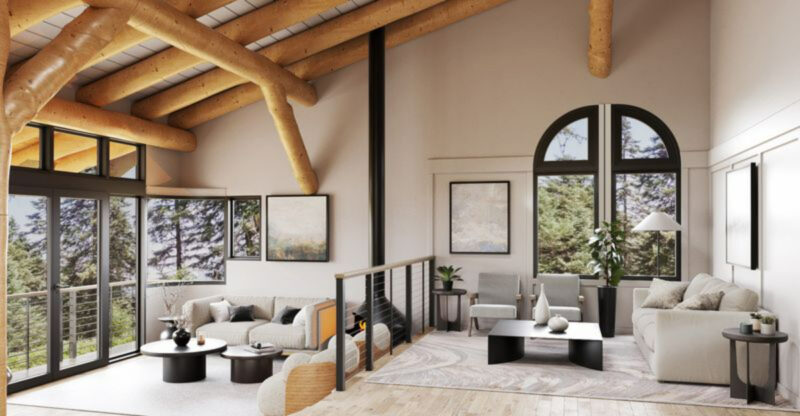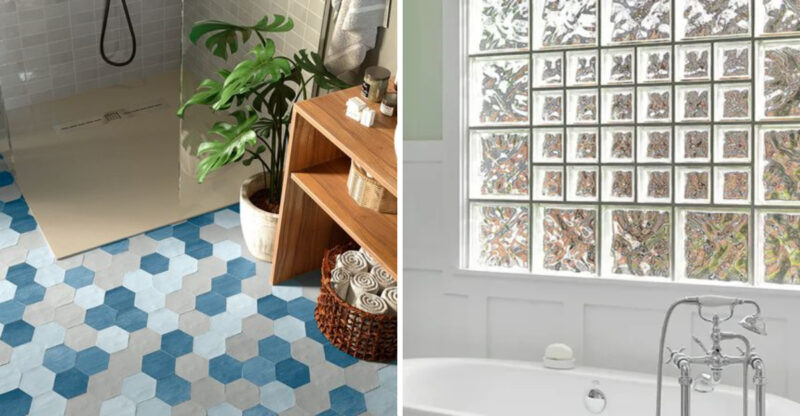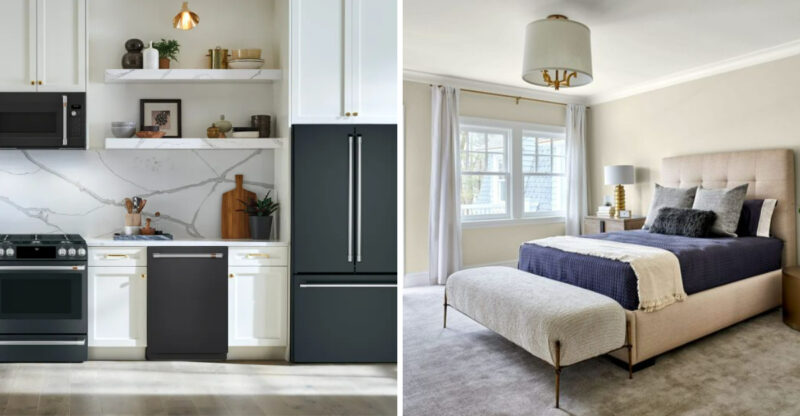25 Harsh Realities Of Living In A Container House No One Tells You
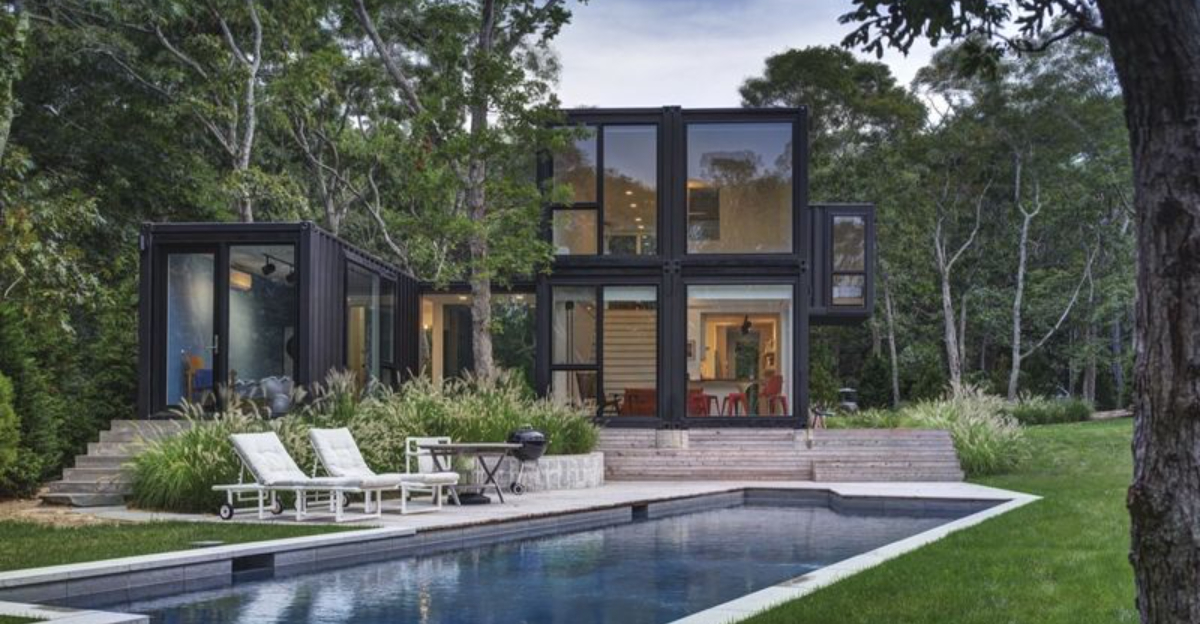
Container homes have become trendy as affordable, eco-friendly housing options. Their sleek, minimalist aesthetic fills social media feeds with picture-perfect tiny homes.
But behind those carefully filtered photos lies a more complicated reality. Before you sell your belongings and jump on the container home bandwagon, consider these harsh truths most enthusiasts never mention.
1. Insulation Challenges
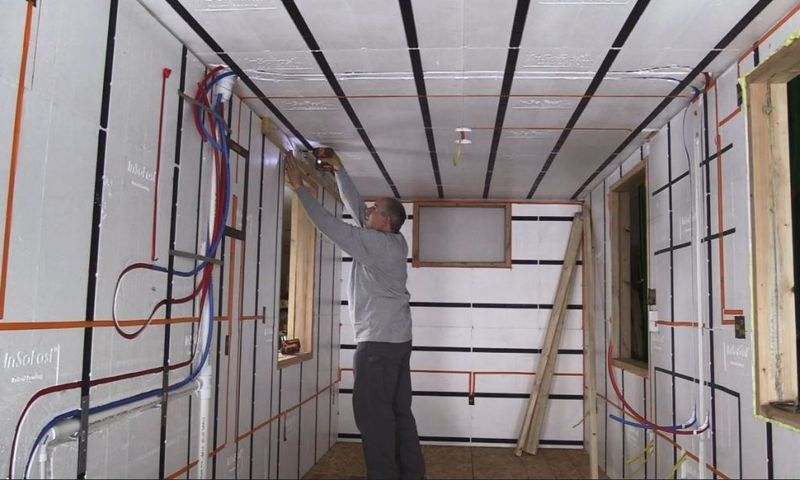
Ever wondered why metal feels freezing in winter and scorching in summer? That’s your daily reality. Container houses require extensive insulation systems to be habitable.
Standard methods like spray foam can reduce precious interior space by several inches on each wall, making your already compact dwelling feel even smaller.
2. Condensation And Moisture Issues
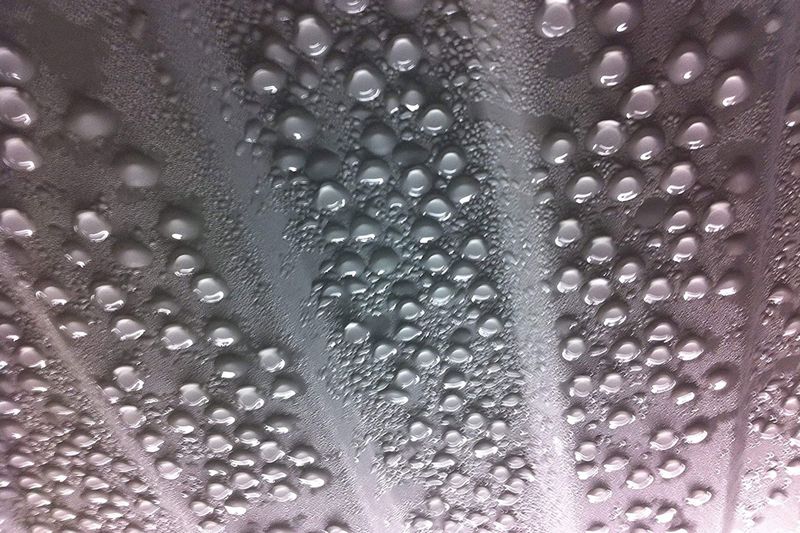
Water droplets forming on your walls aren’t just annoying – they’re destructive. Metal surfaces create perfect conditions for condensation.
Container homes frequently battle moisture problems that lead to mold growth, warped furnishings, and damaged belongings. Proper ventilation systems are expensive yet absolutely necessary, not optional as many container enthusiasts suggest.
3. Limited Interior Width
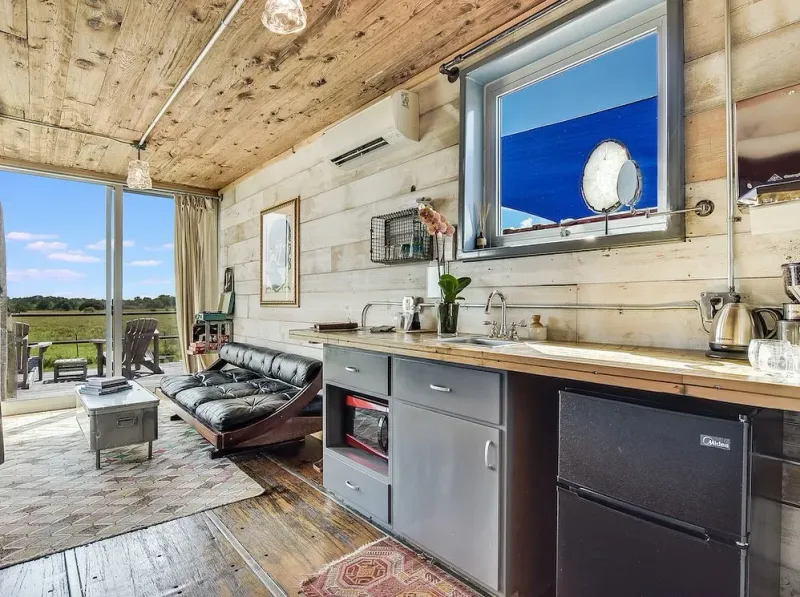
Standard shipping containers are only 8 feet wide inside. That’s narrower than most hallways in conventional homes!
Your container dwelling creates permanent spatial constraints that impact furniture choices and room layouts. Beds, sofas, and tables that work in normal houses often won’t fit properly, requiring expensive custom solutions or uncomfortable compromises.
4. Cost Overruns Despite “Cheap” Reputation
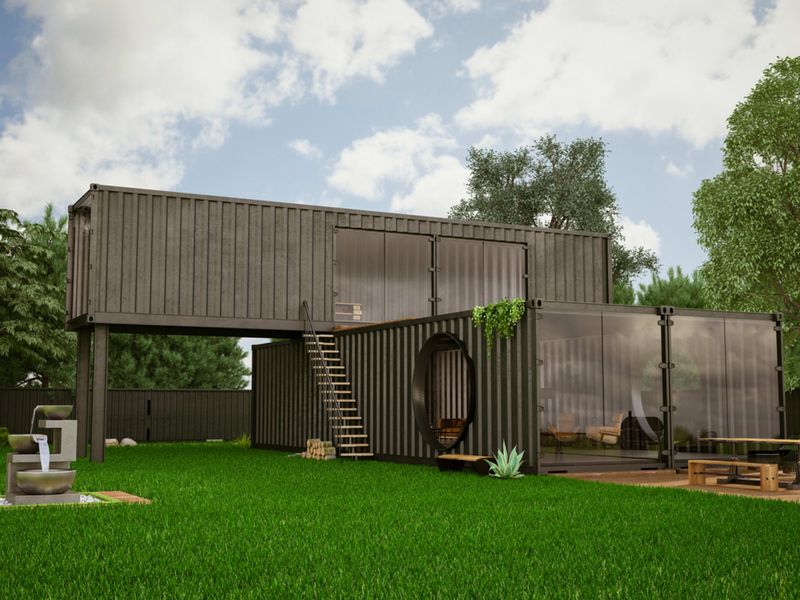
The fantasy of building for pennies on the dollar quickly evaporates once construction begins. Those $2,000 used containers? Just the starting point.
Container homes often end up costing nearly as much as traditional construction once you factor in preparation, transportation, modification, insulation, and finishing. The “affordable housing solution” reputation rarely matches the final price tag.
5. Structural Modifications Can Be Expensive
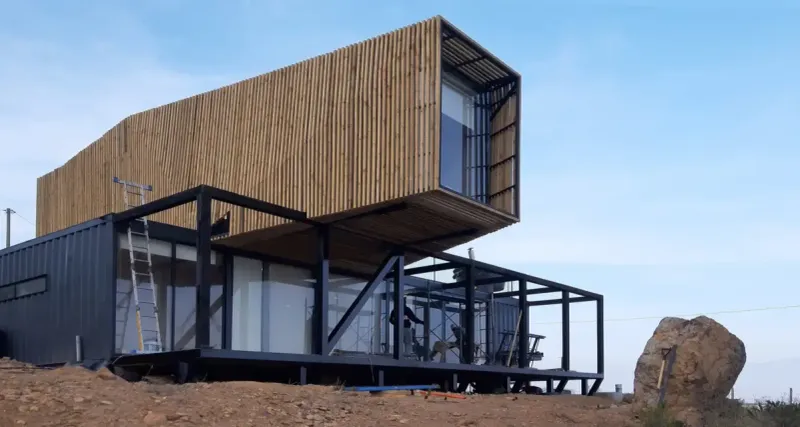
Cutting windows and doors weakens the container’s structural integrity. Every opening requires reinforcement. Containers derive strength from their box design.
Modifications often necessitate expensive steel reinforcements and specialized cutting equipment. What looks simple in YouTube videos actually requires engineering expertise and costly structural supports to prevent dangerous sagging or collapse.
6. Permitting And Zoning Hurdles
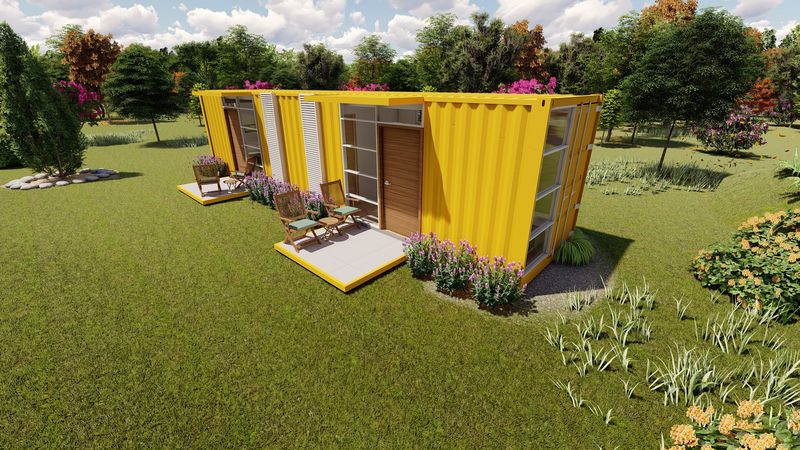
Many building departments have no idea how to classify your project. Prepare for bureaucratic nightmares.
Container homes often fall into regulatory gray areas, with some jurisdictions outright prohibiting them. You might face months of delays, expensive engineering reports, and multiple rejections before getting permits – if you get them at all.
7. Limited Resale Market

Your architectural statement might feel like a financial trap when it’s time to sell. The market for alternative housing remains niche.
Homes like these typically appeal to a tiny fraction of homebuyers. This limited demand means you might wait years to find a buyer or be forced to accept significantly less than your investment, turning your sustainable dream into an economic nightmare.
8. Difficult Financing And Mortgages
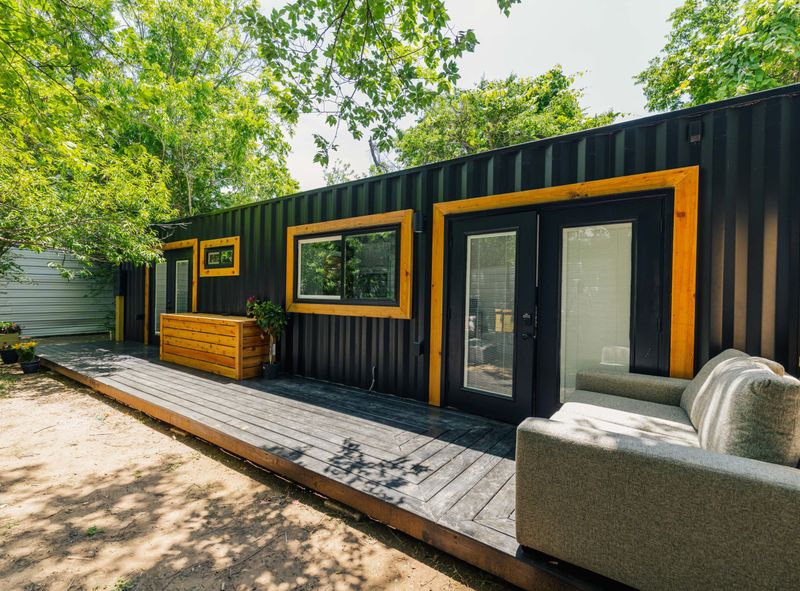
Banks often balk at funding unconventional structures. Your perfect tiny home design means nothing without financing.
Container houses frequently don’t qualify for traditional mortgages, forcing owners to seek personal loans at higher interest rates. Many lenders struggle to establish value comparisons, viewing these structures as depreciated assets rather than appreciating real estate.
9. Noise And Echo Problems
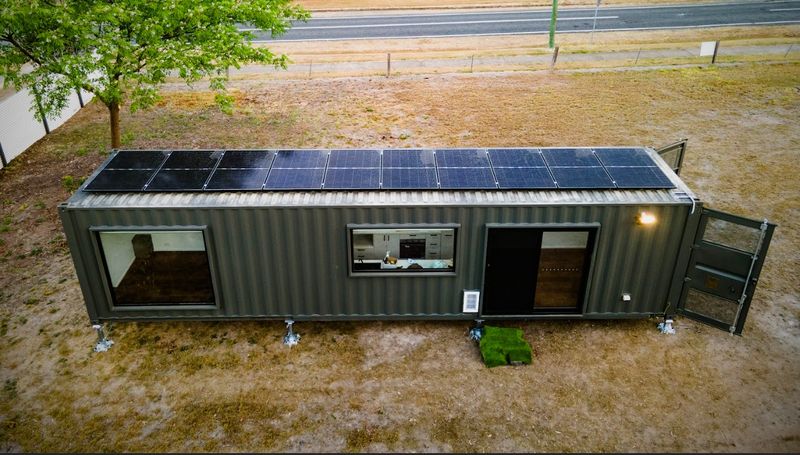
Rain sounds romantic until it’s pounding directly above your head on metal. The acoustics are genuinely terrible.
These dwellings amplify sounds like massive metal drums. Rainfall creates deafening noise, while interior sounds bounce around mercilessly. Acoustic treatments add significant expense and consume precious interior space that you’re already short on.
10. Temperature Extremes
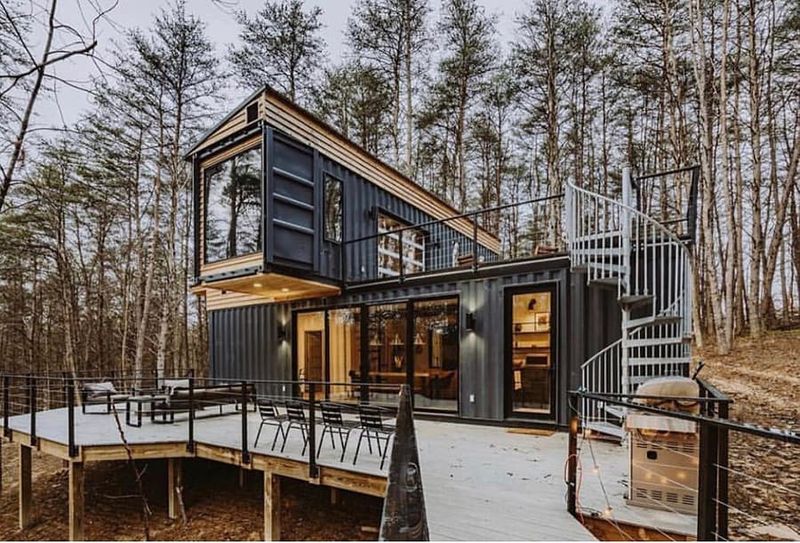
Metal conducts heat and cold with remarkable efficiency. Your morning routine might include touching freezing walls in winter.
Container houses can become unbearably hot or cold without constant climate control. Even with insulation, temperature fluctuations occur more rapidly than in traditional homes, leading to uncomfortable living conditions and sky-high utility bills during extreme weather.
11. Rust And Corrosion Risks
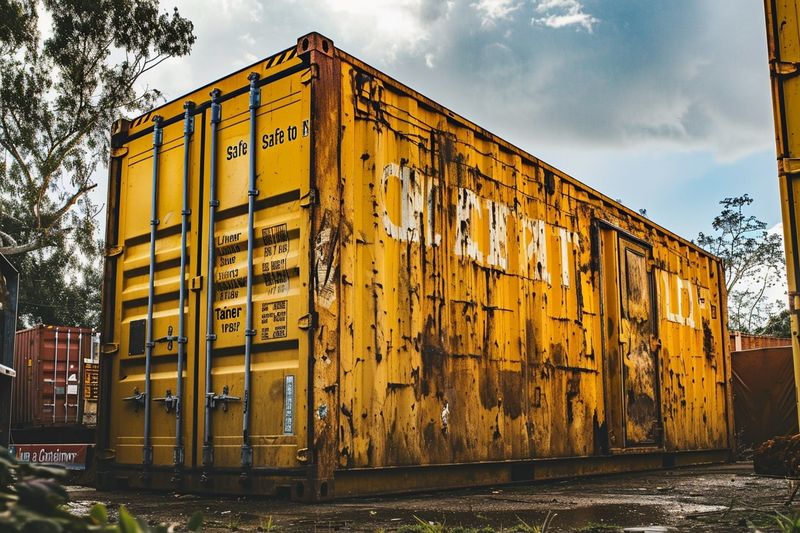
Steel + moisture = ongoing maintenance headaches. That pristine exterior won’t stay that way without work. Thess homes require vigilant rust prevention and treatment.
Small scratches in protective coatings can quickly develop into structural problems. Expect to regularly inspect, treat, and repaint your exterior to prevent your dwelling from literally corroding around you.
12. Transportation Costs For Containers
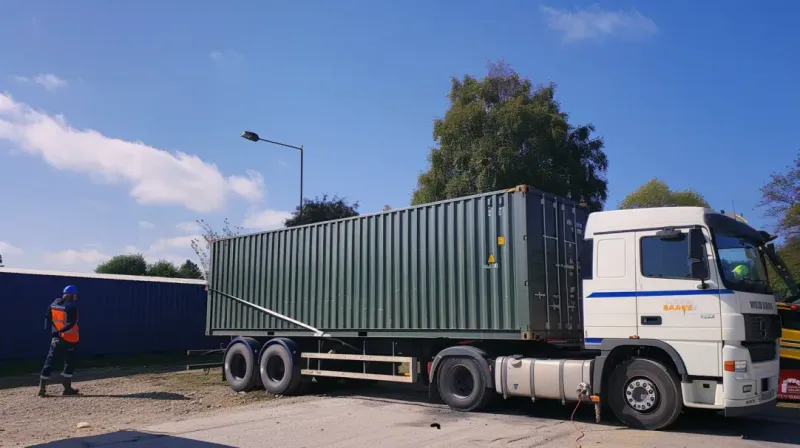
Moving these steel boxes isn’t cheap or simple. Location matters tremendously. Transportation requires specialized equipment and expertise. Costs skyrocket if your building site is far from ports or major transportation hubs. Remote locations might face delivery bills exceeding the container’s purchase price, completely undermining the budget-friendly appeal.
13. Space Constraints For Families
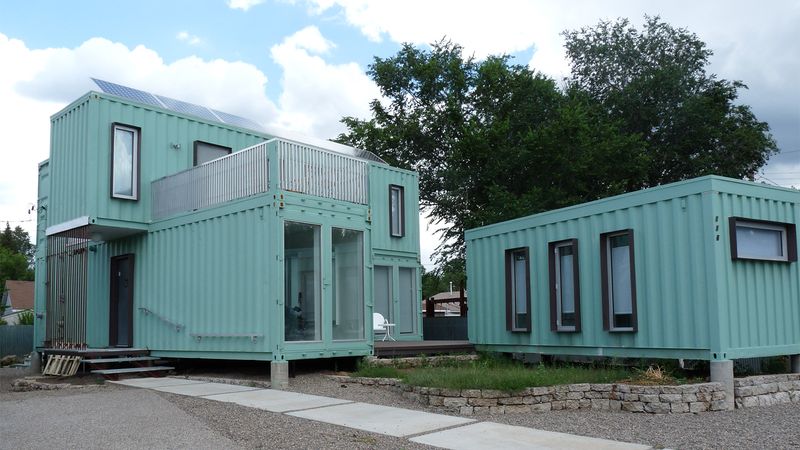
Minimalism sounds enlightening until everyone’s crammed together without privacy. Family dynamics change in tight quarters. Container living forces constant proximity.
Children lack play space, teenagers find no privacy, and parents never escape household noise. What works for a weekend getaway or single person becomes psychologically challenging for families over months and years.
14. Limited Window And Door Placement
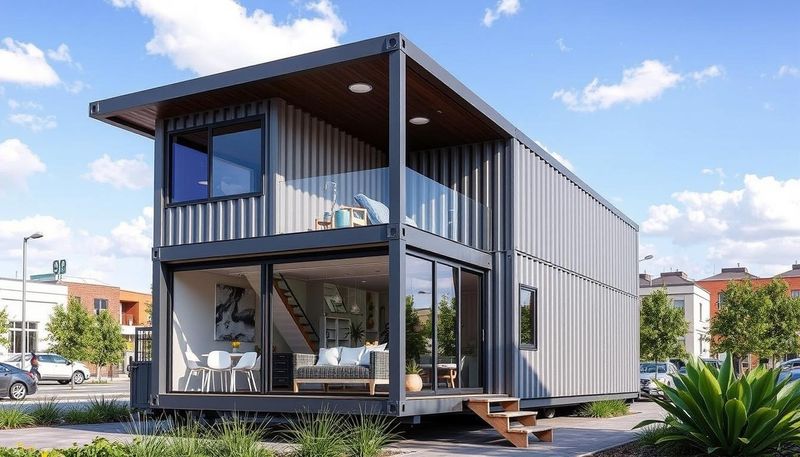
Structural integrity dictates where openings can safely go. Your dream floor plan might be physically impossible.
Container homes restrict window and door locations to areas that won’t compromise the structure. Corner placements are particularly problematic. These limitations often result in dark interiors or awkward layouts that compromise functionality and comfort.
15. Ceiling Height Limitations
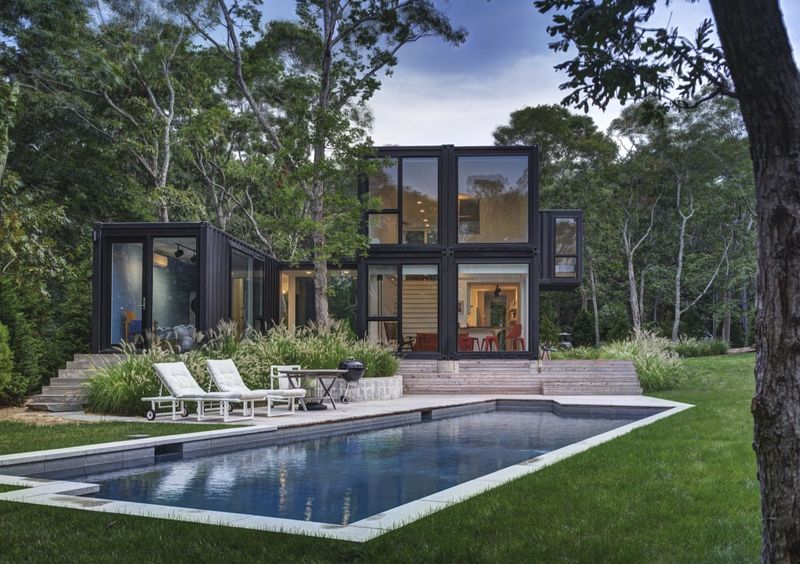
Standard shipping containers offer just 7’10” of interior height. Tall people literally can’t stand up straight. Container ceilings feel oppressively low once you add flooring and overhead utilities.
Raising the roof is possible but extremely expensive, requiring complete structural redesign. Most owners simply learn to live with a perpetual feeling of confinement.
16. Specialized Contractors Required
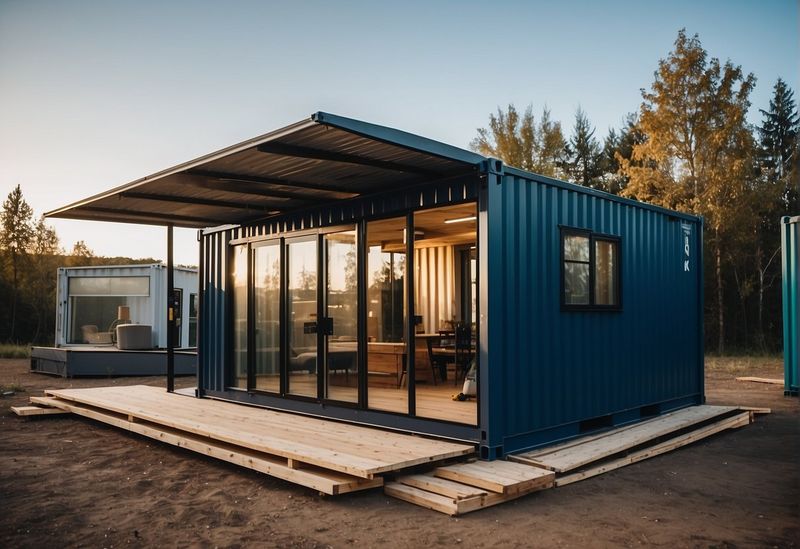
Finding qualified professionals can be surprisingly difficult. Most residential contractors have zero container experience.
Container houses require specialized knowledge of metal construction, structural reinforcement, and unique insulation approaches. Inexperienced contractors often make costly mistakes or refuse the job entirely. Those with container expertise typically charge premium rates due to their specialized skills.
17. Potential Off-Gassing From Container Paints
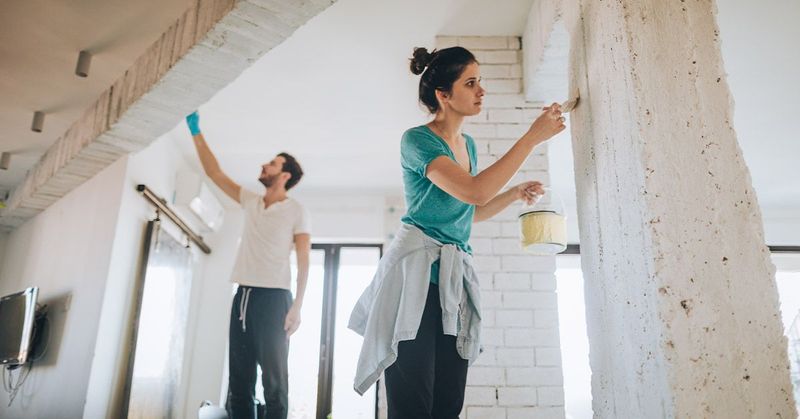
Those industrial coatings weren’t designed for human habitation. Health concerns lurk in the very walls. Container homes may contain harmful chemicals in their paints and treatments.
Shipping containers are manufactured with industrial pesticides and preservatives to withstand ocean transport. Complete interior sealing is essential but adds significant cost and reduces already limited space.
18. Difficult DIY Projects
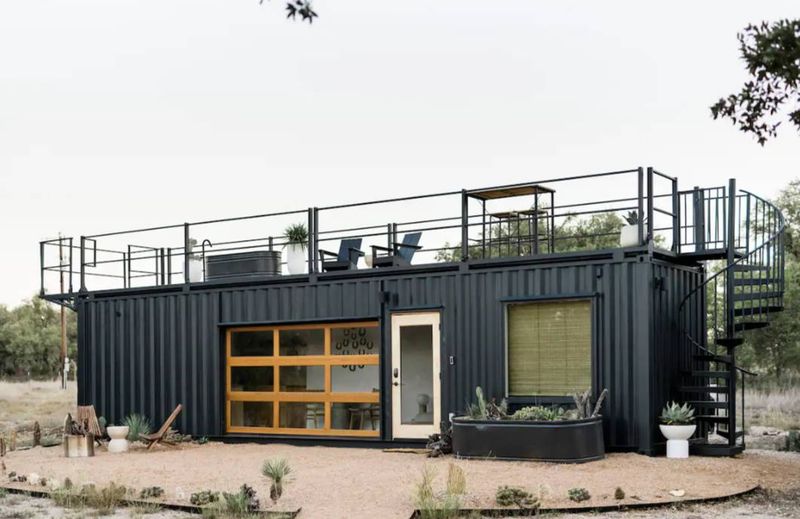
Working with steel is nothing like wood framing. Those YouTube tutorials make it look deceptively simple. Container modifications require specialized tools and skills beyond typical DIY abilities.
Metal cutting, welding, and reinforcement demand professional equipment and expertise. What seems like a weekend project often becomes a dangerous, expensive endeavor requiring professional intervention.
19. Restrictions In Certain Neighborhoods
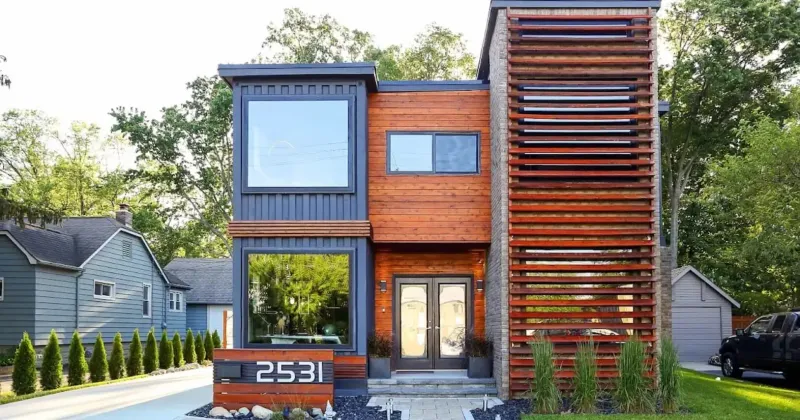
HOAs and neighborhood covenants frequently prohibit alternative housing entirely. Your perfect lot might not allow your perfect home.
Container dwellings face rejection in many established neighborhoods. Even rural areas sometimes have restrictions against non-traditional structures. Always investigate local regulations before purchasing land or containers to avoid heartbreaking project abandonment.
20. Challenges Integrating Utilities
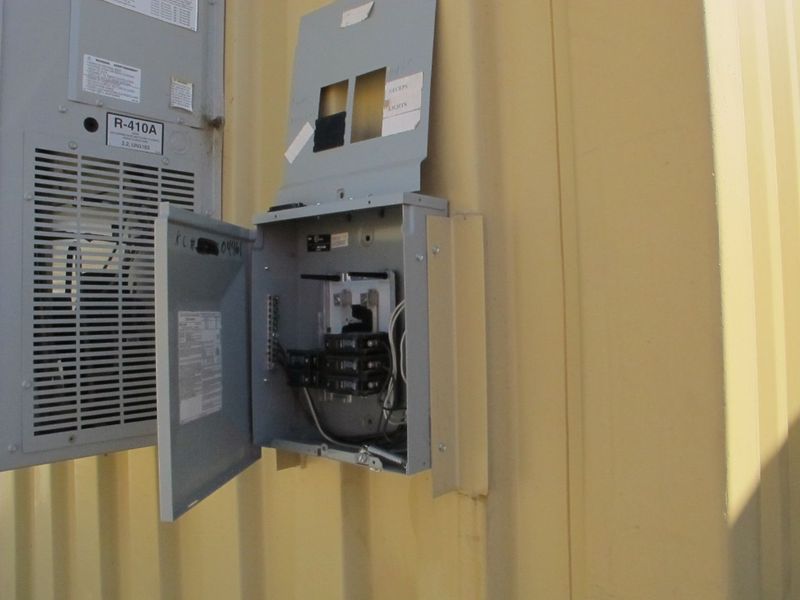
Running plumbing and electrical through metal walls creates unique complications. Standard installation methods don’t apply. Container homes require creative solutions for utility integration.
Metal walls make running wires and pipes difficult and potentially dangerous without proper insulation. Systems that are straightforward in conventional construction become complex engineering challenges, requiring specialized approaches and additional expense.
21. Limited Storage Space
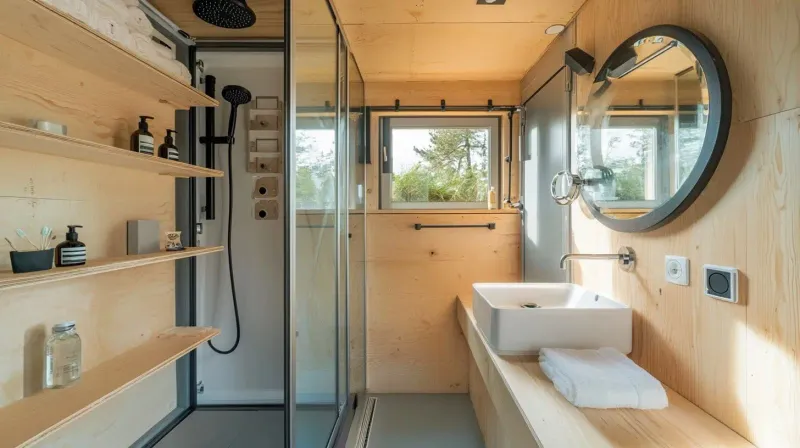
Where do you put all your stuff? Conventional storage solutions rarely work in the confines of metal boxes. Container living forces radical downsizing.
Standard furniture wastes precious space, while built-ins require custom design and construction. Most owners discover they need external storage solutions or must abandon cherished possessions to make container living functional.
22. Soundproofing Limitations
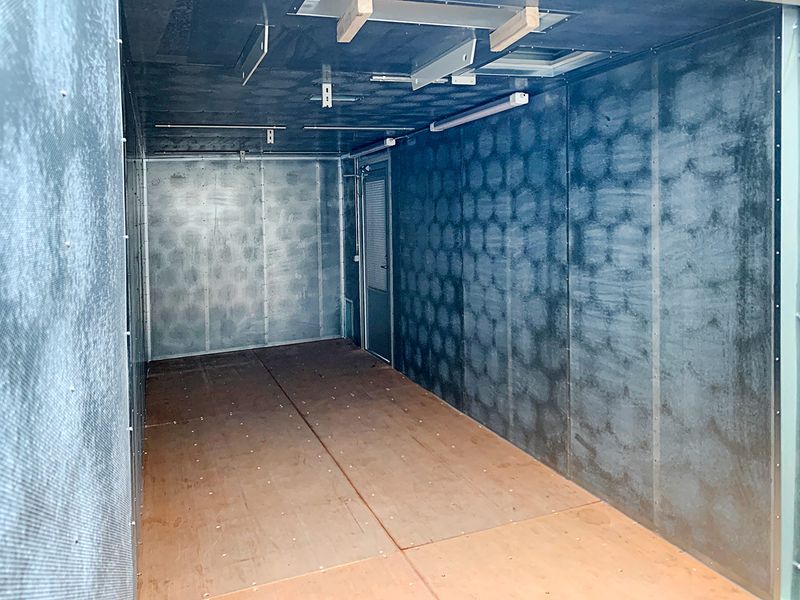
Metal walls transmit sound with remarkable efficiency. Your neighbor’s conversation might become your unwanted entertainment.
Container homes struggle with both external noise intrusion and internal sound privacy. Effective soundproofing requires substantial wall thickness, further reducing limited interior space. Many owners report hearing everything from rainfall to distant traffic, creating a constant audio intrusion.
23. Difficulty Adding Value Over Time
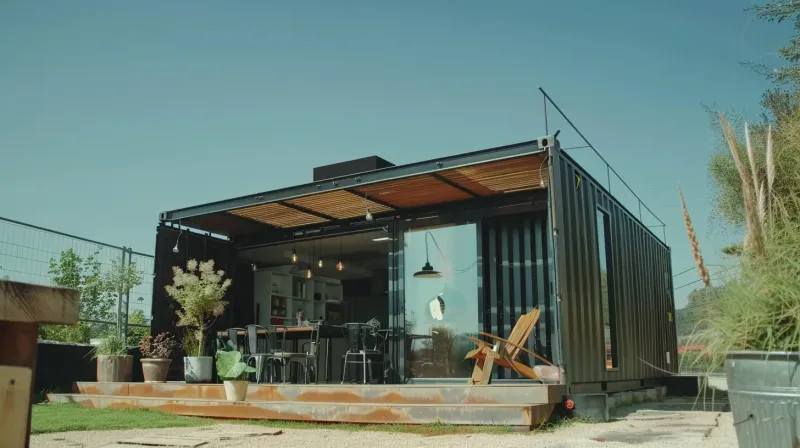
Traditional homes gain value through renovations and additions. Steel boxes don’t follow the same rules. Container homes often resist conventional value-adding improvements.
Expansions require structural engineering rather than simple framing. Many modifications cost more than their value return, creating a ceiling on potential appreciation unlike traditional real estate.
24. Unexpected Insurance Complications

Many insurance companies have no category for your dwelling. Prepare for rejection or premium prices. Container houses often fall outside standard home insurance parameters.
Some companies refuse coverage entirely, while others charge significantly higher premiums due to perceived risks. Owners frequently struggle to find affordable policies that properly protect their investment.
25. Difficult Bathroom And Kitchen Installation
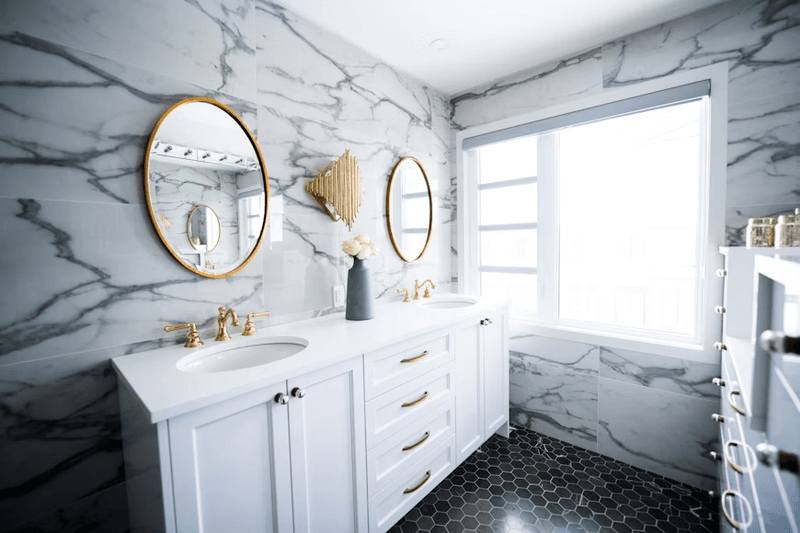
Plumbing becomes exponentially more complex when working with steel walls and floors. Water and metal are natural enemies.
Container homes require specialized approaches for wet areas. Moisture barriers, drainage systems, and ventilation demand careful engineering to prevent corrosion. Many owners discover that these small but essential spaces consume disproportionate percentages of their total budget.

